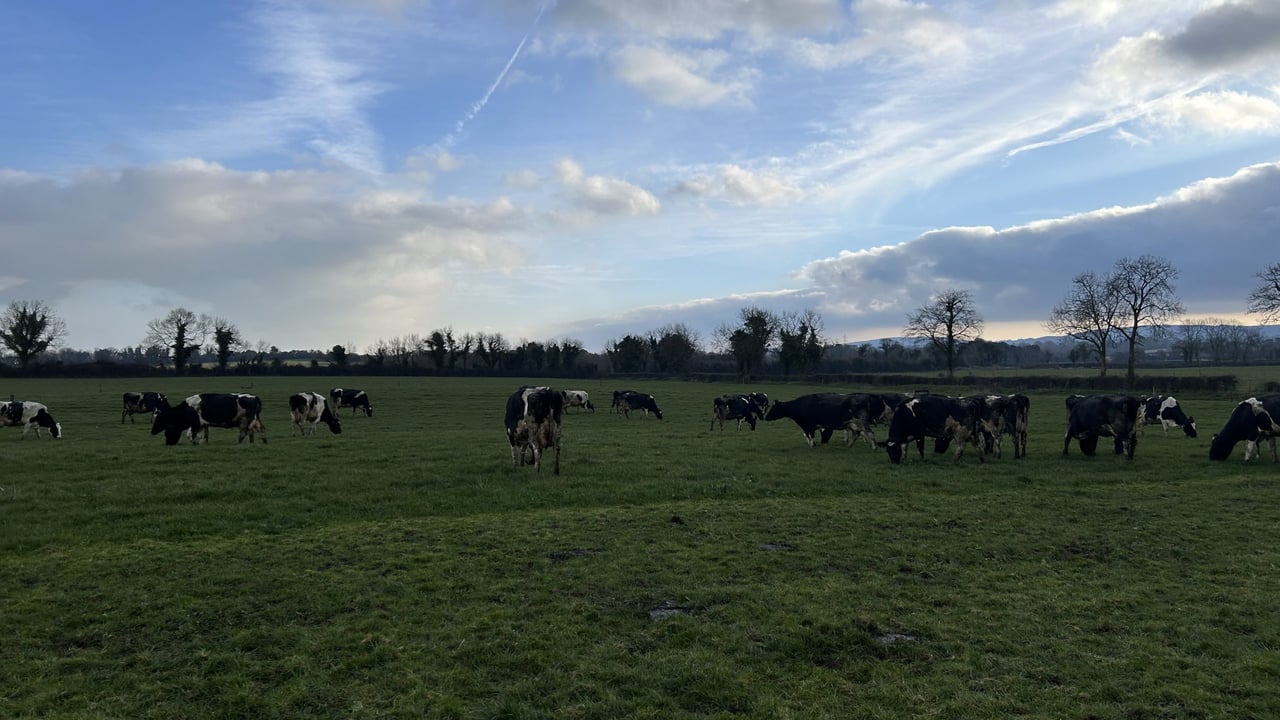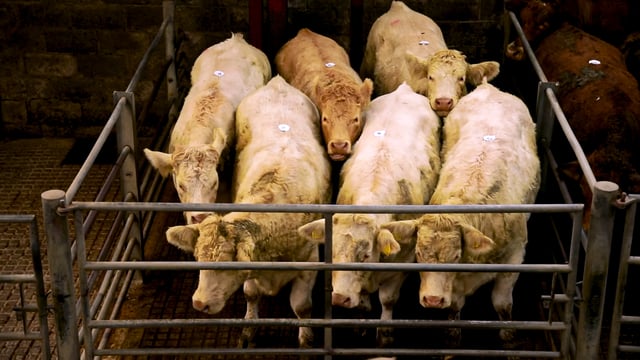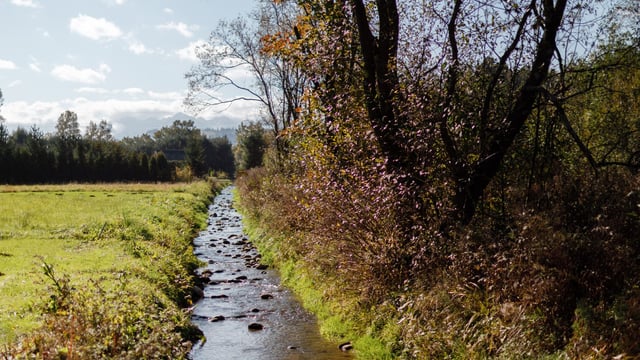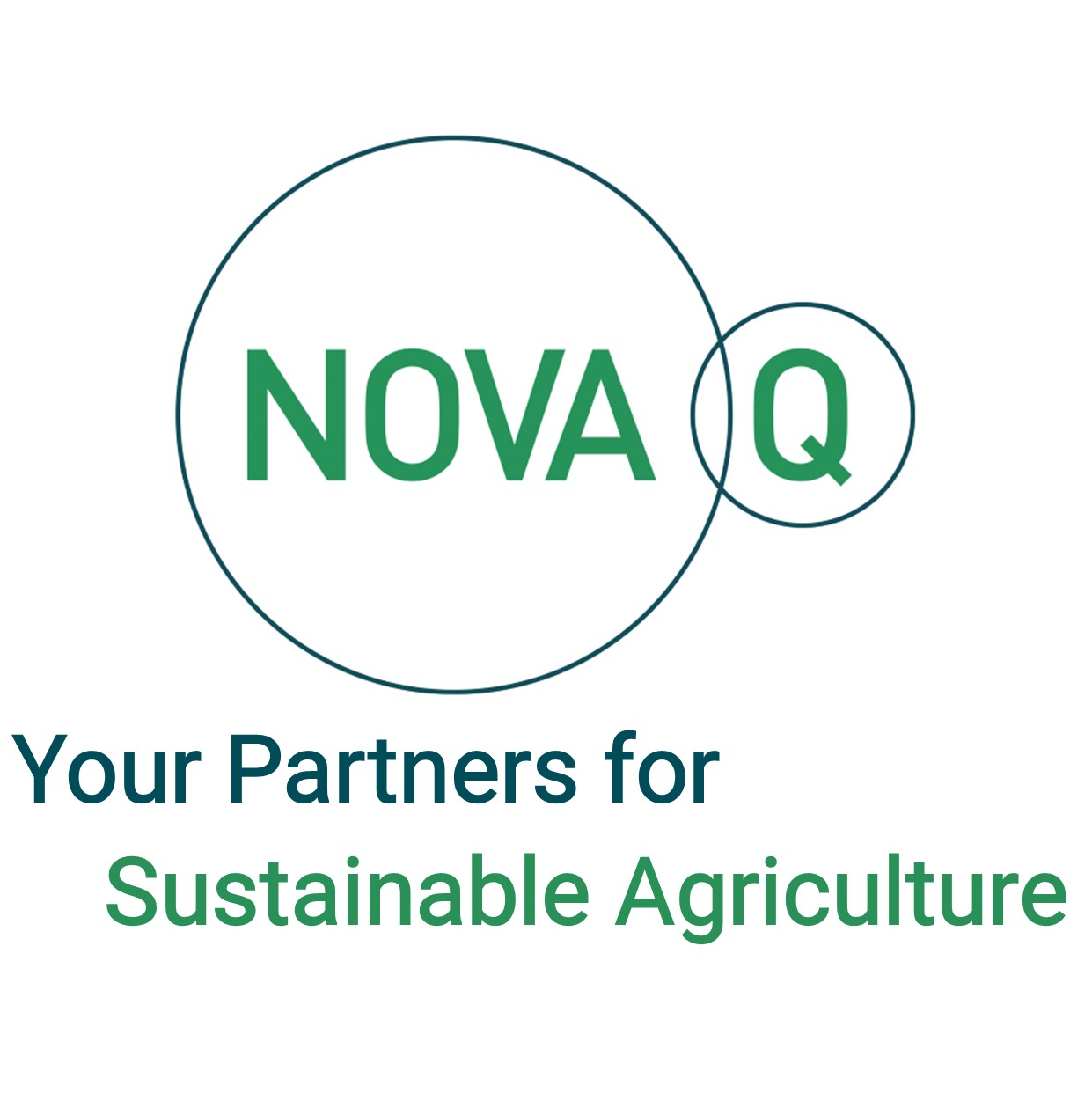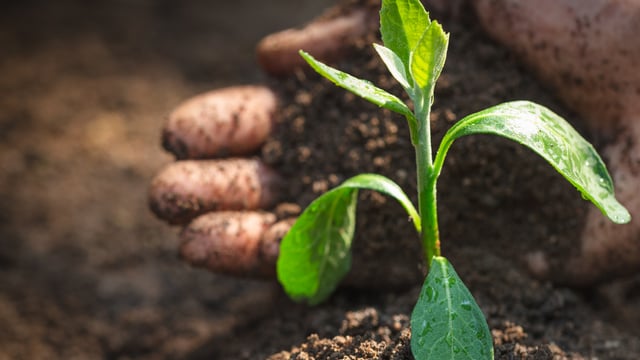Breeding: Improving genetics and milk solids on farm
As part of Teagasc breeding week 2025, two farmers spoke at a recent event at Teagasc Grange about how they improved the genetic merit of their herd which in turn increased their milk solid production.
The two farmers - Mathew Mullen from Kells, Co. Meath and Donal Kavanagh from Baltinglass, Co. Wicklow - are part of the Teagasc Tirlan Future Farm programme.
Both farmers have drastically increased the genetics of their herds in the last five years. which has lead to more solids sold from the yard and improved profitability.
Teagasc - Tirlan Future Farm Programme coordinator, Sandra Hayes, highlighted at the Teagasc Grange event on Friday, March 28, that a herd in the top 20% of economic breeding index (EBI) is delivering +41kg of milk solids (MS)/cow, has better fertility, a calving interval of -12 days. and produced 0.01kg lower carbon dioxide equivalent (C02eq) than the average herd.
To put this into perspective, with a milk price at €6.50/kg of MS, that is equivalent to €266 plus per cow or, for the average herd size of 117 cows, an additional income of €31,122.
Mathew Mullins is farming in partnership with his father Declan and is operating a 60:40 spring calving, and autumn calving split.
He had a herd average Economic Breeding Index (EBI) of around €91 about five years ago and has made significant improvements since, increasing his herd EBI to €192 with a fertility of€90, a health of €6 and a maintenance of €11.
Before making drastic improvements, he had a decision to make - whether to buy in replacement stock or to breed his replacements and improve the genetic merit of his herd naturally with what he already had.
Mathew decided to breed off his original herd.
He is currently milking 350 cows and, to improve his herd, he went vigorous on his culling routine. He culled 30% of the herd in the first year and replaced them with young stock bred off the best in his herd.
Out of the 11 farmers in the programme, the Mullens have made the most genetic gain.
The push was to select bulls with high solids, with Mathew originally picking a team of bulls which was 65-70% proven and now selecting younger genomic bulls.
The herd is genotyped and actually went up €35 when they genotyped, with Mathew saying he now finds it easier to choose cows to breed his replacements off.
The bulls used last year had an average EBI of €338 and all is replacements were artificially insemination-bred
In 2020, the herd produced 417kg of MS/cow and in 2024, the herd produced 473kg/MS/cow.
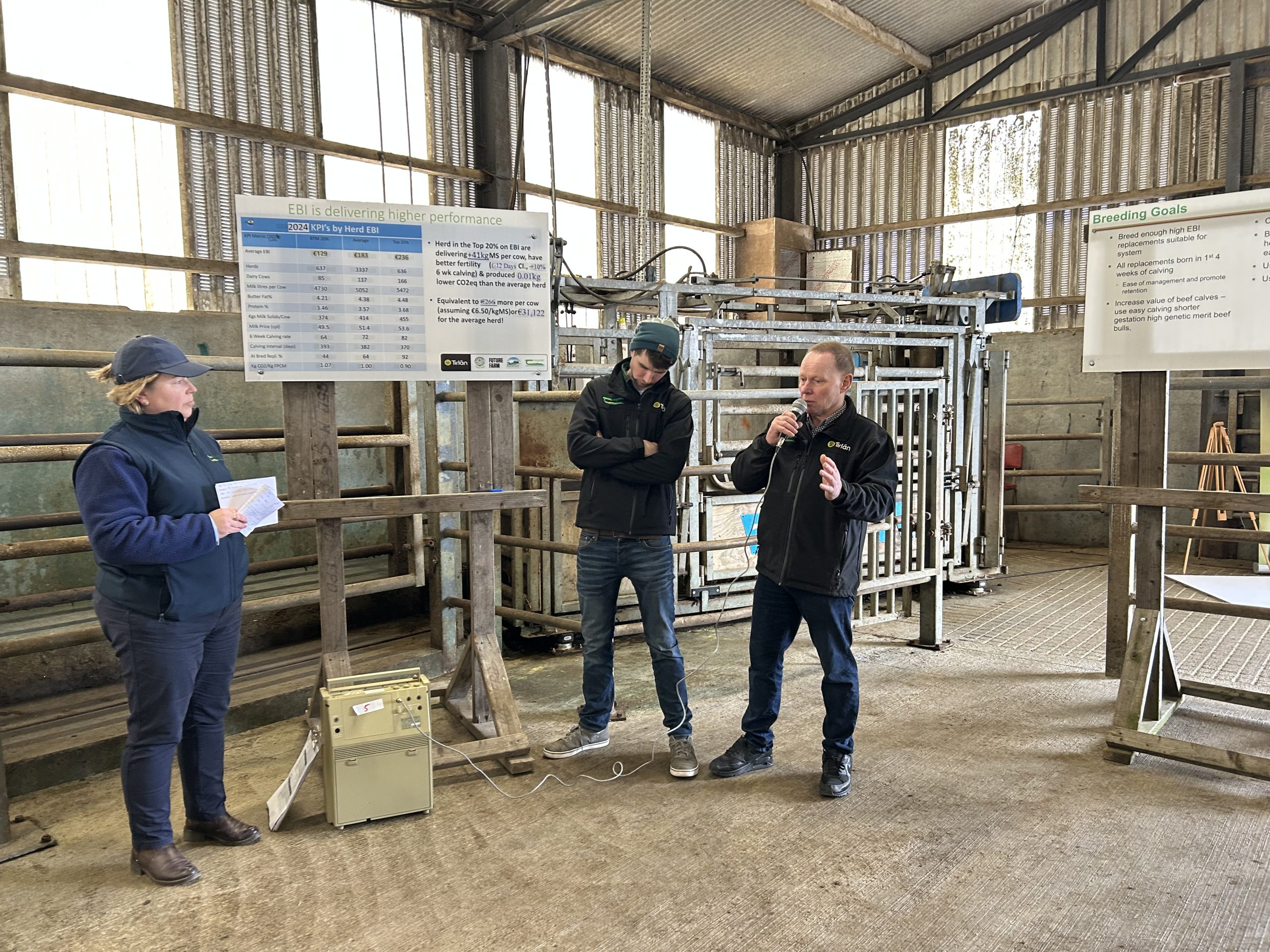
When joining the Teagasc - Tirlan Future Farm Programme, Mathew wanted to drive change on the farm, starting by replacing a lot of silage with grass.
He also sat down to get a long-term breeding plan in place.
Mathew uses Sire Advice to match up bulls to cows, which he feels is makes the whole system easier, and uses the profit monitor allow him to keep costs on the farm in check.
Donal Kavanagh is milking 200 Holstein Friesian cows and started off with a winter milk contract as well.
He has slowly transitioned to spring calving in the last few years, to "simplify the job I was at, looking for a better lifestyle while making similar money".
"Two years on now, I'm really glad, and there's no doubt in my mind that it was a good move".
Donal has had a similar improvement in his herd EBI, going from an EBI of around €143 up to above €236 in just five years, which is ls also a dramatic genetic gain.
His herd EBI is made up of a fertility of €120, maintenance of €12, and a health sub-index of €5.
Donal achieved this gain through selecting intensively to improve his butterfat and protein traits, while still having a focus on type and health, specifically lameness.
Coming from a liquid milk background, the cow's were struggling with protein and so there was a heavy emphasis om improving that in the last number of years.
Donal's herd produced 455kg of MS/cow in 2024 with a six-week calving rate of 82%. It also had 100% AI-bred replacements with a team of bulls averaging €335 in EBI.
All of Donal's cows are also genotyped, which he finds beneficial for matching bulls to cows and it means he can be more precise with the traits he want to improve, like putting a high protein bull to a cow that lacks in protein predicted transmitting ability (PTA.
Between the genotyping of the cows and the use of sire advice, Donal said, once you know how to use the system, it is very easy to match appropriate cows to bulls.
Hayes highlighted that the 11 monitored farmers achieved an average of 83kg of MS/cow over the Tirlan average.
"if we take an average price of €6.36kg/MS (average price in the group) and multiply that by the average herd size and average milk solids of 494kg/MS, for a herd of over 200 cows, that's a difference of over €117,000-worth into their farm extra," she said.
The group of farmers on average achieved 285 days at grass which, along with improved genetics, drastically improved the amount milk solids sold.
Donal carries out a series of pre-breeding checks, starting by body condition scoring cows .
Any cows that are thin are marked with tape and milked once-a-day to build condition back up.
Any cows that went down with milk fever during the calving season or had retained placnentas, had twins, or had a hard calving will be rounded up, handled and metrichecked.
Donal said he will be milk recording this week and any cows that he is not happy with will either get marked for culling or for a beef straw.
Donal is also part of the Wagyu programme, which guarantees €250 for the calf regardless of sex at three weeks of age.
Sexed semen is used for the first few weeks of the breeding season and fixed-timed AI used on heifers, which he finds beneficial as the heifers are reared on an out-block and this appoach prevents any missed heats.
Mathew will pre-scan the entire herd three weeks before the breeding season and all cows will be tail-painted.
Any any cow that is not showing signs of bulling will be put on a synchronisation programme to ensure they get in-calf and to keep the calving pattern compact.
Mathew avails of the dairy-beef index on the farm, selecting bulls with good beef merits and easy calving to produce a saleable beef calf and to encourage customers to come back and buy again.
Meanwhile, Teagasc's Fergal Maguire highlighted that while a lot of calves look the same at three weeks of age, the high commercial beef value (CBV) calf will out-perform the lower CBV calves in the months after.
This improved average daily gain, growth rates, and increased feed intakes will encourage beef farmers to purchase off the dairy farmer again, forming a strong relationship for both involved.
Mathew has picked easy calving Charolais and Belgian Blue straws this year and has been typically setting his calving easy at around 3-4%, but went a bit harder last year.
This year, he is setting the calving difficulty at 7% for bigger cows and picked good beef traits after that.

